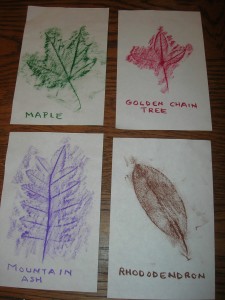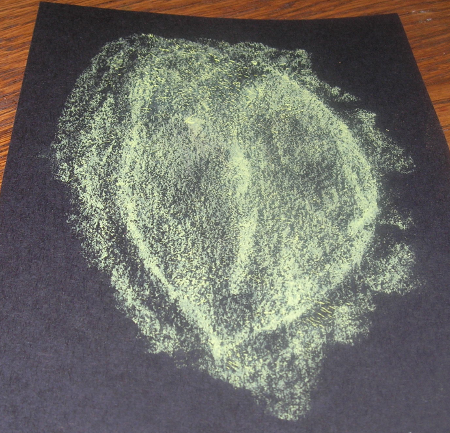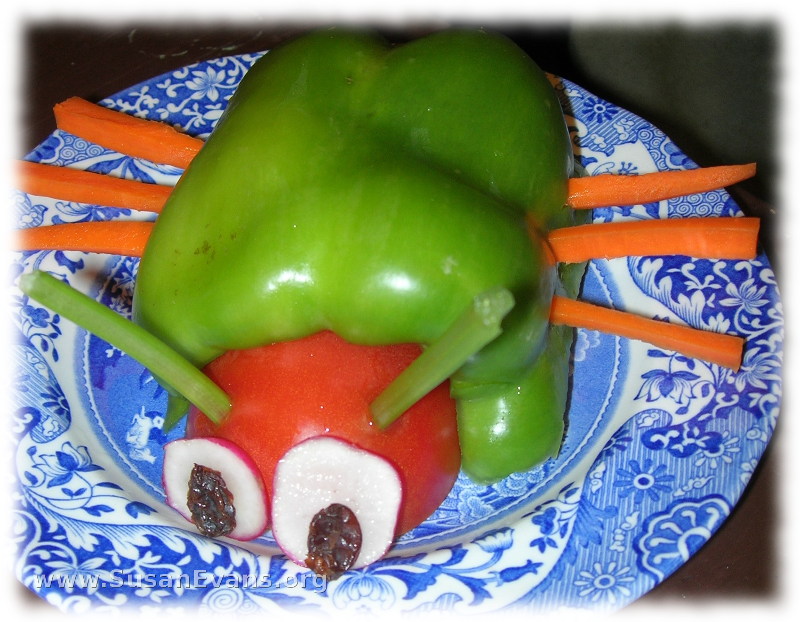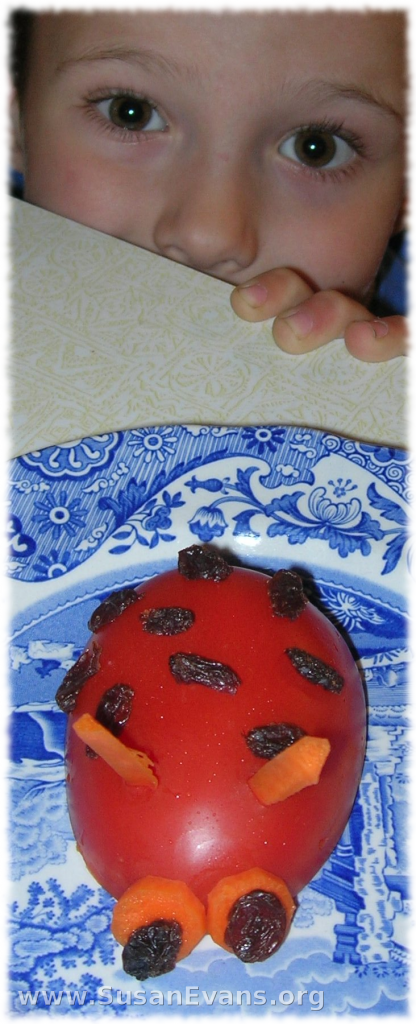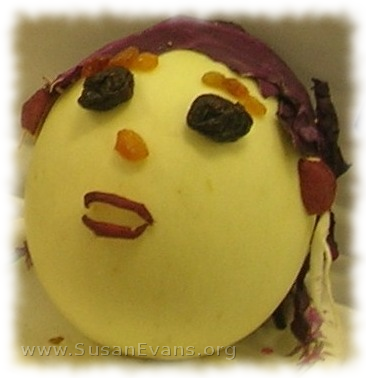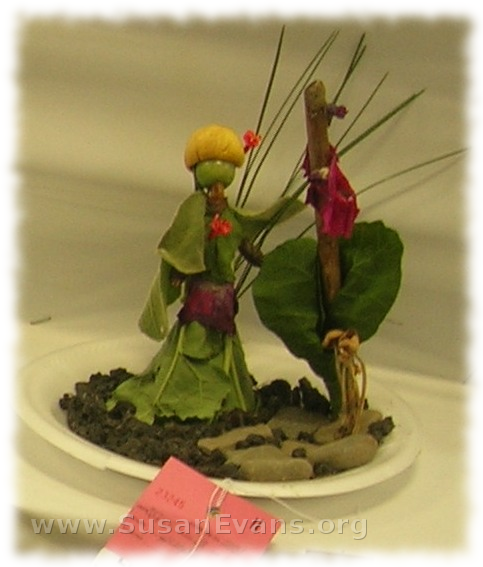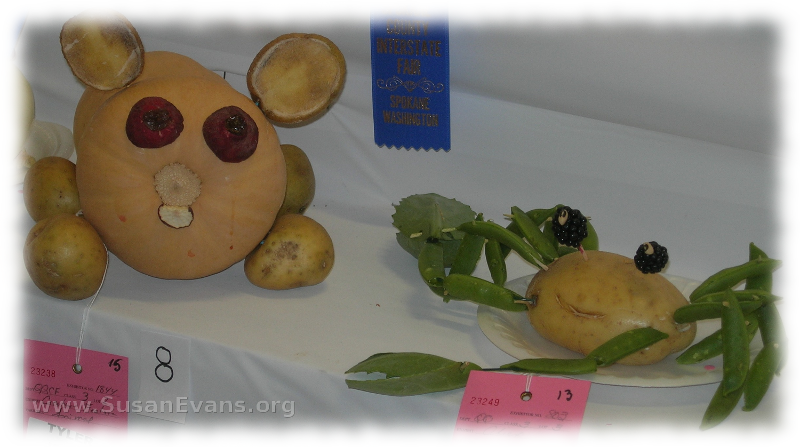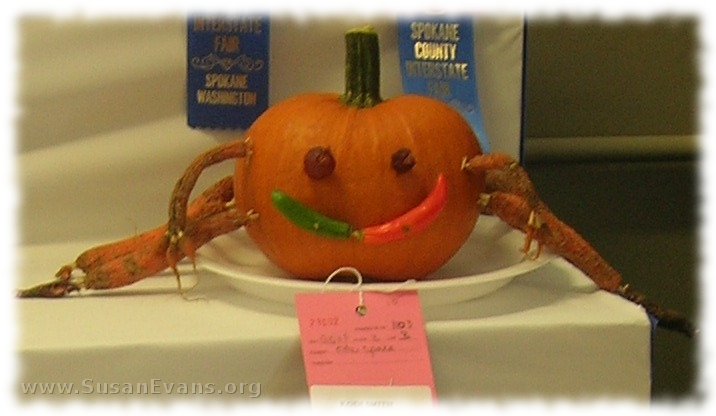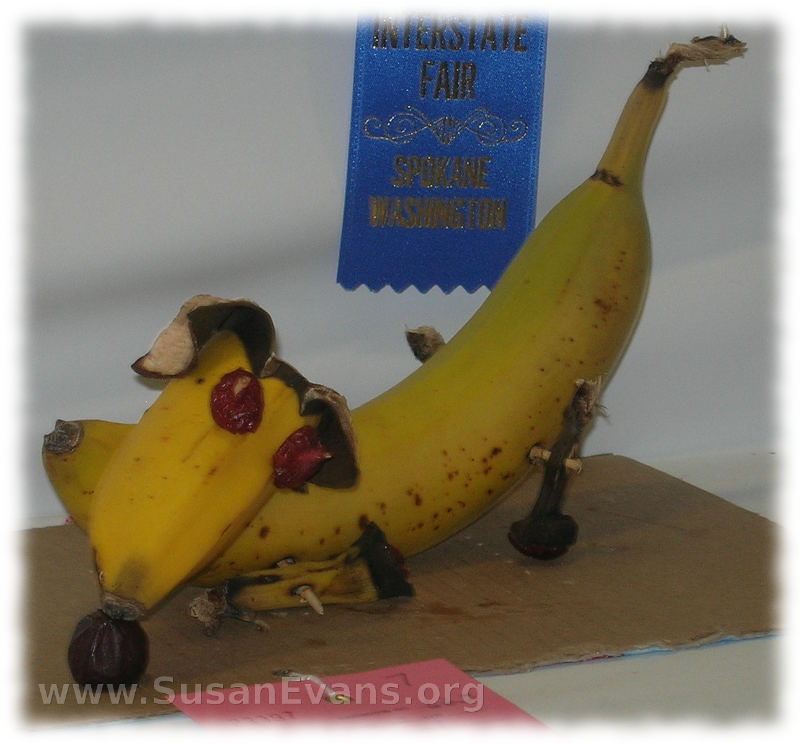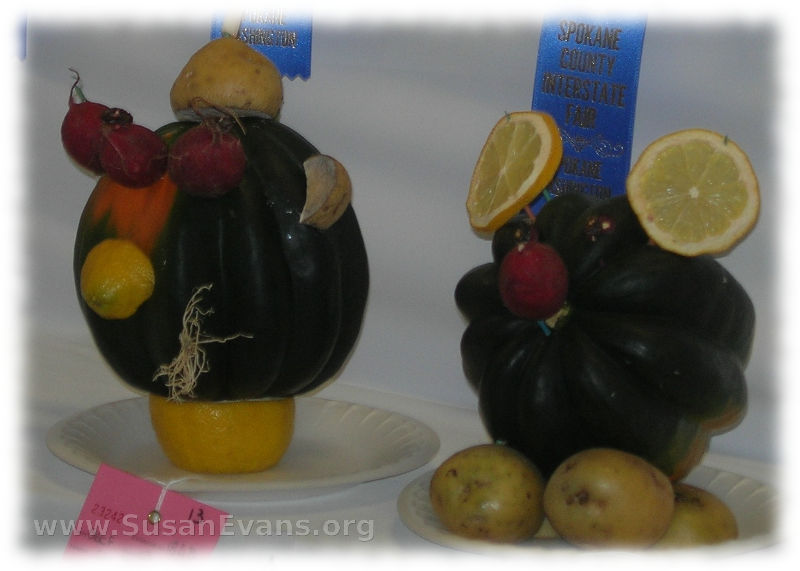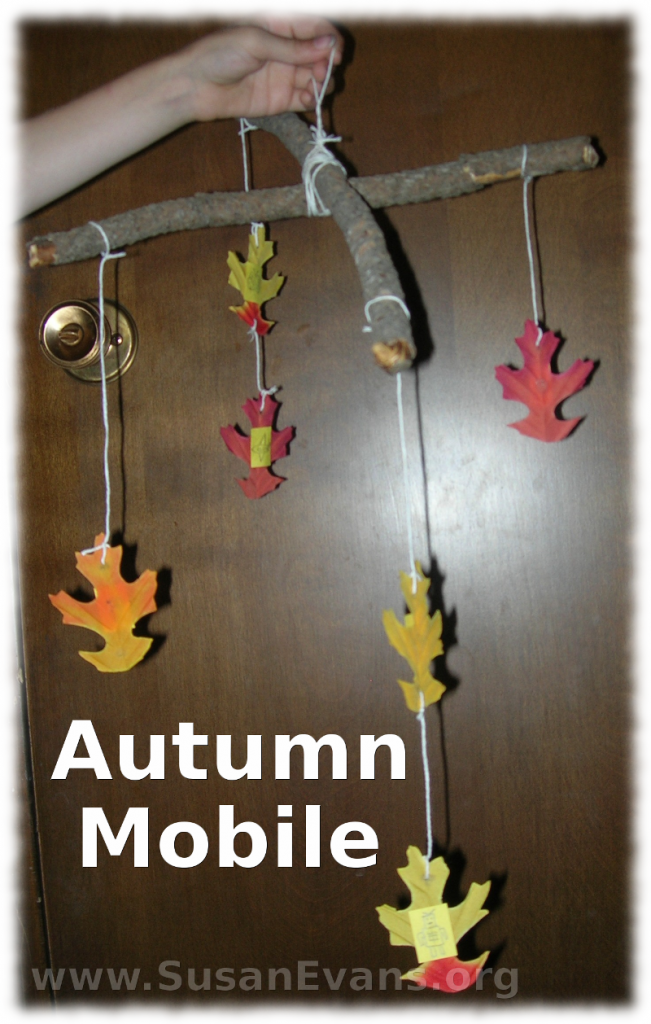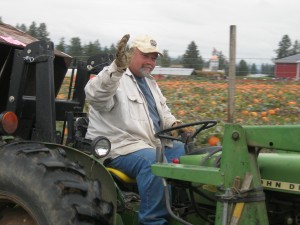 Visiting a farm can help your children understand where food comes from. This was our experience at a farm.
Visiting a farm can help your children understand where food comes from. This was our experience at a farm.
But for some reason, many of the farms around here have transformed themselves into quasi-amusement parks. Jumpy castles, trains, and pedal cars take the place of the traditional farm tour. Why? Who knows? I guess they’re trying to make money.
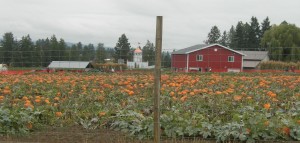 Yes, there was a big red barn at the farm we visited, and crops were growing. Farmers drove tractors, and supposedly there were some animals. It seems like every farm should have chickens and cows. The farm we went to last week had no animals that I could see, but there was a sign saying, “Don’t touch the animals.” I just shrugged to my kids.
Yes, there was a big red barn at the farm we visited, and crops were growing. Farmers drove tractors, and supposedly there were some animals. It seems like every farm should have chickens and cows. The farm we went to last week had no animals that I could see, but there was a sign saying, “Don’t touch the animals.” I just shrugged to my kids.
My kids ran through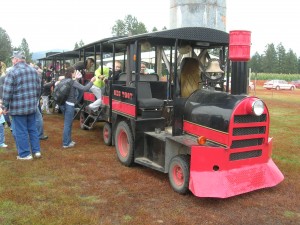 a hedge maze to a castle at the center. They played on a pirate ship at the end of the maze. After that, we got on a small train, and we rode around a large pumpkin patch, with some sort of orchard on the other side. When we hopped off the train, the kids went running to a huge slide (jumpy-castle style). Do jumpy castles belong at farms? Do trains? It seems like a hay ride would have been more appropriate.
a hedge maze to a castle at the center. They played on a pirate ship at the end of the maze. After that, we got on a small train, and we rode around a large pumpkin patch, with some sort of orchard on the other side. When we hopped off the train, the kids went running to a huge slide (jumpy-castle style). Do jumpy castles belong at farms? Do trains? It seems like a hay ride would have been more appropriate.
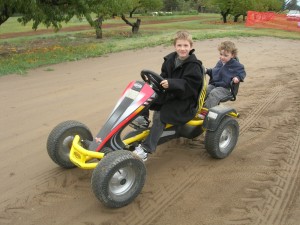 After the slide, the kids enjoyed pedaling a car that seated a driver and a passenger. The kids drove around a dirt track. When the ride was over, the kids couldn’t wait to pick a pumpkin. Unfortunately the word “pick” has several meanings, and we were required to choose among several small pumpkins that were already “picked.” All in all, it was an academically disappointing day, but the kids had fun. It seems like if you went to a normal farm, you might be able to learn how to milk a cow and other fabulous things like that. Maybe next time I’ll look at the description a little bit better!
After the slide, the kids enjoyed pedaling a car that seated a driver and a passenger. The kids drove around a dirt track. When the ride was over, the kids couldn’t wait to pick a pumpkin. Unfortunately the word “pick” has several meanings, and we were required to choose among several small pumpkins that were already “picked.” All in all, it was an academically disappointing day, but the kids had fun. It seems like if you went to a normal farm, you might be able to learn how to milk a cow and other fabulous things like that. Maybe next time I’ll look at the description a little bit better!
